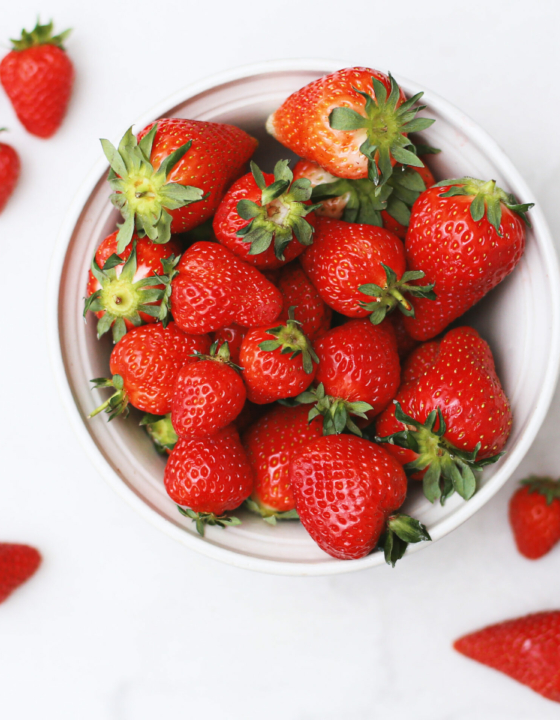Are you a new plant-based eater or a health-conscious foodie? Or are you struggling with light-headedness and fatigue? Getting enough iron from dietary sources has probably crossed your mind. But before we get to “how,” let’s talk about “why.”
Iron is a key player in a healthy life
Iron is an essential nutrient that participates in vital bodily functions such as carrying oxygen from your lungs to the rest of your body, supporting your immune system to fight off infections, and aiding in energy production and cognitive development. It’s a key player in creating certain hormones and contributing to the synthesis of DNA, the blueprint of life. Your daily needs will vary depending on age, sex, and dietary preferences. For example, a higher daily dose of 16-18 mg is recommended for premenopausal menstruating people, as monthly blood loss depletes their iron levels.
There are two different types of iron present in foods
The iron present in foods we eat are heme and non-heme. The former can only be found in muscle tissue and blood and is thus present exclusively in meat, poultry, and seafood. It’s known for its easy absorption (about 15-35%), but it often comes at the cost of health risks associated with eating meat. Conversely, non-heme iron, found in both plant and animal products, is a bit more challenging to process for our bodies (only about 2-20% of it is absorbed). But the list of iron-rich foods is nearly endless––you’ll find it anywhere from spinach and figs to molasses and pumpkin seeds.
The daily intake of enough iron is easy
The importance of this nutrient cannot be overstated; yet, according to the World Health Organization, iron deficiency is the most common malnutrition issue worldwide. But don’t fret: getting enough iron from all-around healthy sources isn’t difficult, especially if you regularly do blood tests to monitor your ferritin and transferrin levels and adjust your diet according to your doctor’s advice. An iron-rich plant-based menu could include easy dishes that effortlessly mix multiple sources of this vital nutrient.
Here are three delicious recipes to help boost your iron level during the day
1. Whip a green smoothie from
- 1 banana
- half an avocado
- 1 tablespoon of hemp seeds
- 150g each of frozen pineapple and mango
- 125ml unsweetened soy milk
- juice of half a lime and half an orange
This way, you’ll get approximately 4.3mg of iron and 229.7mg of vitamin C, which significantly improves the absorption of iron.
2. For a healthy mixed bowl, you need combining
- quinoa (1.5mg)
- fried tofu (4.9mg)
- broccoli (0.7mg of iron and 65mg of vitamin C)
- sesame seeds (15mg)
Top it with sesame seeds and serve with condiments of choice. Remember that using strategic seasonings, such as tahini (9mg) or kimchi (2.5mg), will contribute even more iron to the mix.
3. Finally, dinner can help you feed two birds with one hand by combining protein-packed and iron-rich foods in a delectable chilli-style pasta.
Ingredients for 100-gram serving of each product:
- cremini mushrooms (0.4mg iron, 2.5g protein)
- tempeh (2.1mg iron, 2.5g protein)
- onions
- garlic
- chilli powder
- paprika
- oregano
- cumin
- cayenne pepper
- salt
- vegetable broth
- drained canned kidney beans (1.3mg iron, 7g protein)
- corn (0.3mg iron, 2.3g protein)
- canned crushed tomatoes
- pasta
Instructions:
- Saute the mushrooms and tempeh with onions, garlic, spices, and salt.
- To make it more chilli-like, mix in vegetable broth, kidney beans, corn, and tomatoes.
- After the mixture boils, add the pasta and cook at a simmer until the pasta is ready.
Serve with chopped fresh cilantro, a dash of lime juice, and vegan cheese, if desired.










What do you think?